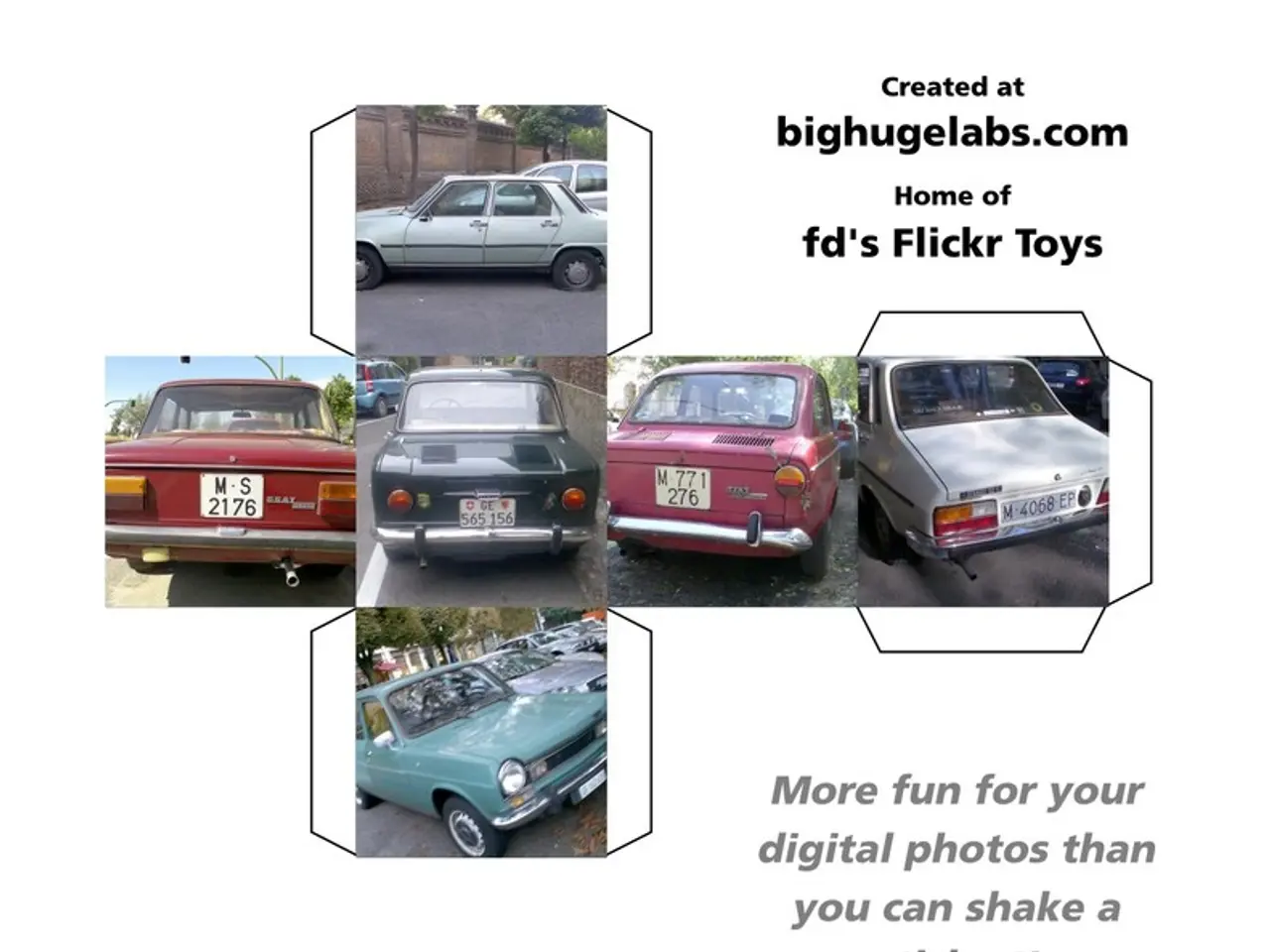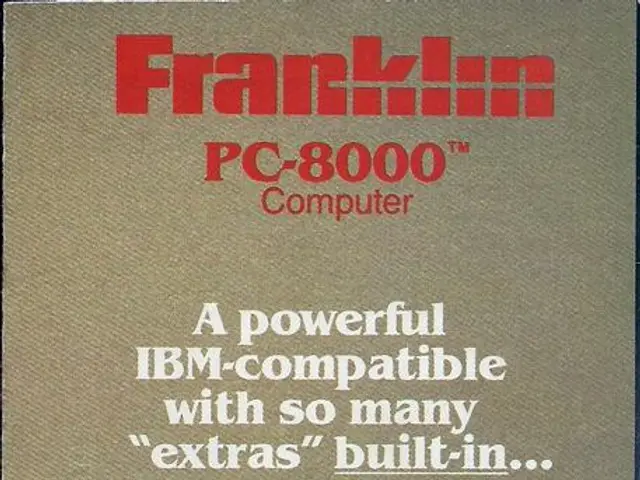EU's PRIMES Model Flawed, Hindering Sustainable Transport Transition
The European Commission's Joint Research Centre (JRC) is using the PRIMES model for its EU mid-century climate strategy. However, Transport & Environment's analysis reveals several issues with PRIMES, which could hinder Europe's transition to sustainable transport.
PRIMES fails to account for the growing potential of electric trucks, despite some already being on the market. This oversight is significant, as the model is meant to assess transport emission reduction. Furthermore, PRIMES suggests using fossil gas to reduce emissions in ships or trucks, a strategy that is not viable for long-term decarbonization.
The model's electric vehicle battery price projections are higher than current market values, which could discourage the uptake of cleaner vehicles. Additionally, PRIMES underestimates emission cuts in the transport sector, attributing more reductions to buildings than transport in the 2030 strategy. This could mislead policymakers and postpone necessary changes in the largest source of greenhouse gas emissions on the continent.
Transport & Environment's analysis found PRIMES lacks transparency, making it difficult to ensure an accurate reflection of a sustainable transport sector. The model also does not consider sustainability constraints on biofuel production or transport-specific technologies, further limiting its usefulness.
Given these findings, Europe should reconsider its reliance on PRIMES for its mid-century climate strategy. The model's limitations could hinder Europe's lead on renewable energy, smart solutions, and clean transport technologies. The Commission should ensure any model used reflects the latest developments in transport and maintains transparency to build confidence in its strategies.
Read also:
- Federal Funding Supports Increase in Family Medicine Residency Program, Focusing on Rural Health Developments
- Potential Role of DHA in Shielding the Brain from Saturated Fats?
- Alternative Gentle Retinoid: Exploring Bakuchiol Salicylate for Sensitive Skin
- Hanoi initiates a trial program for rabies control, along with efforts to facilitate the transition from the dog and cat meat trade industry.







